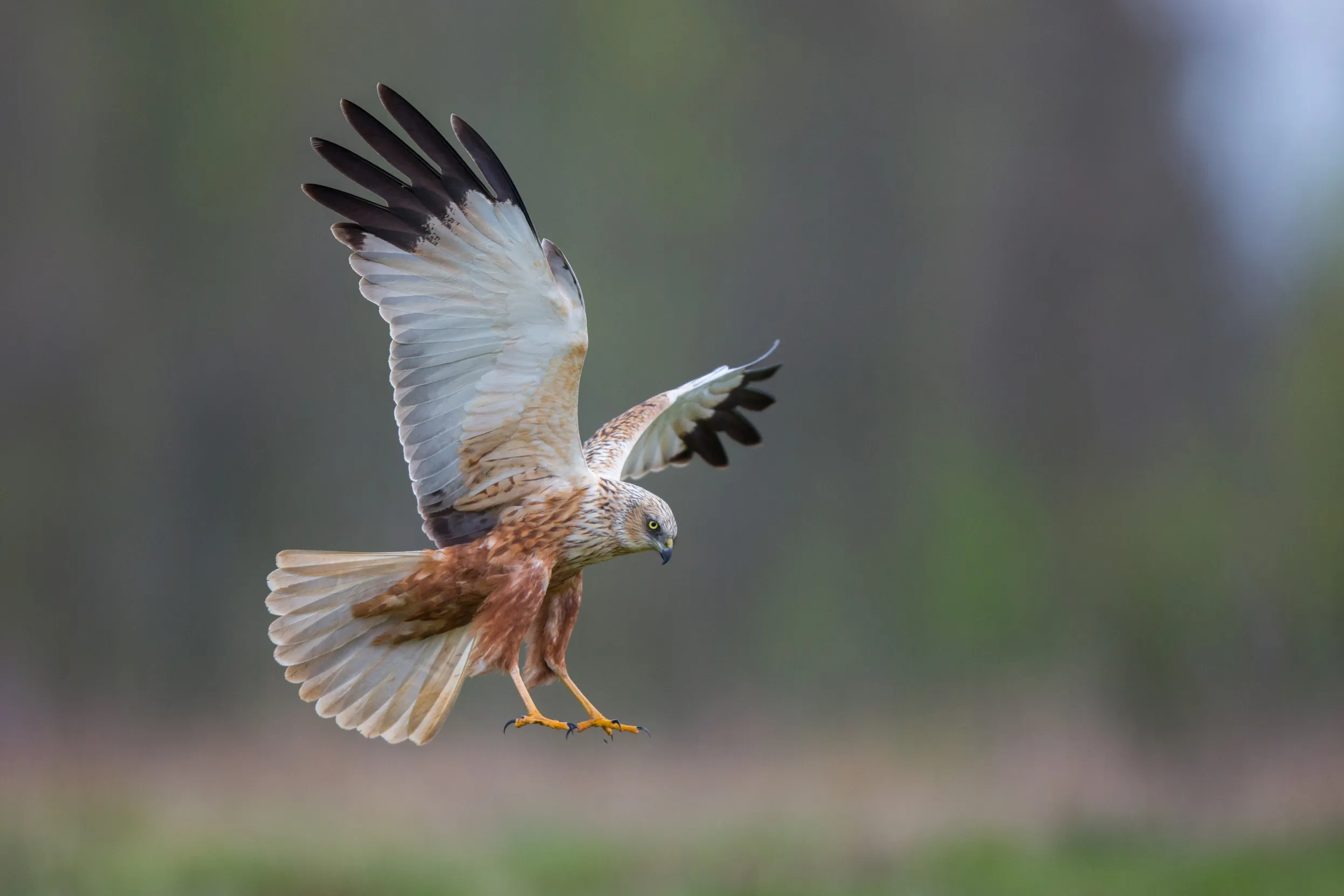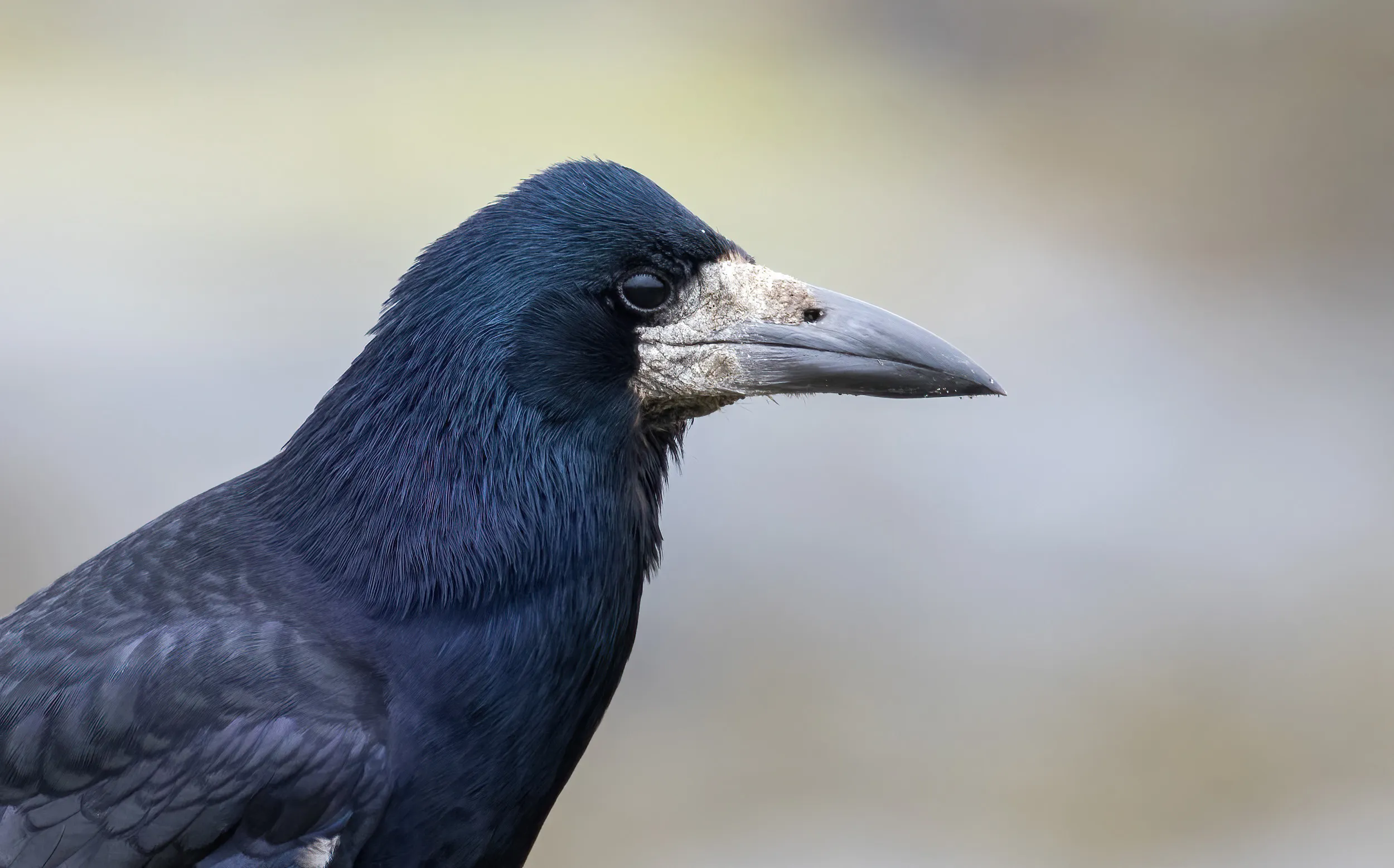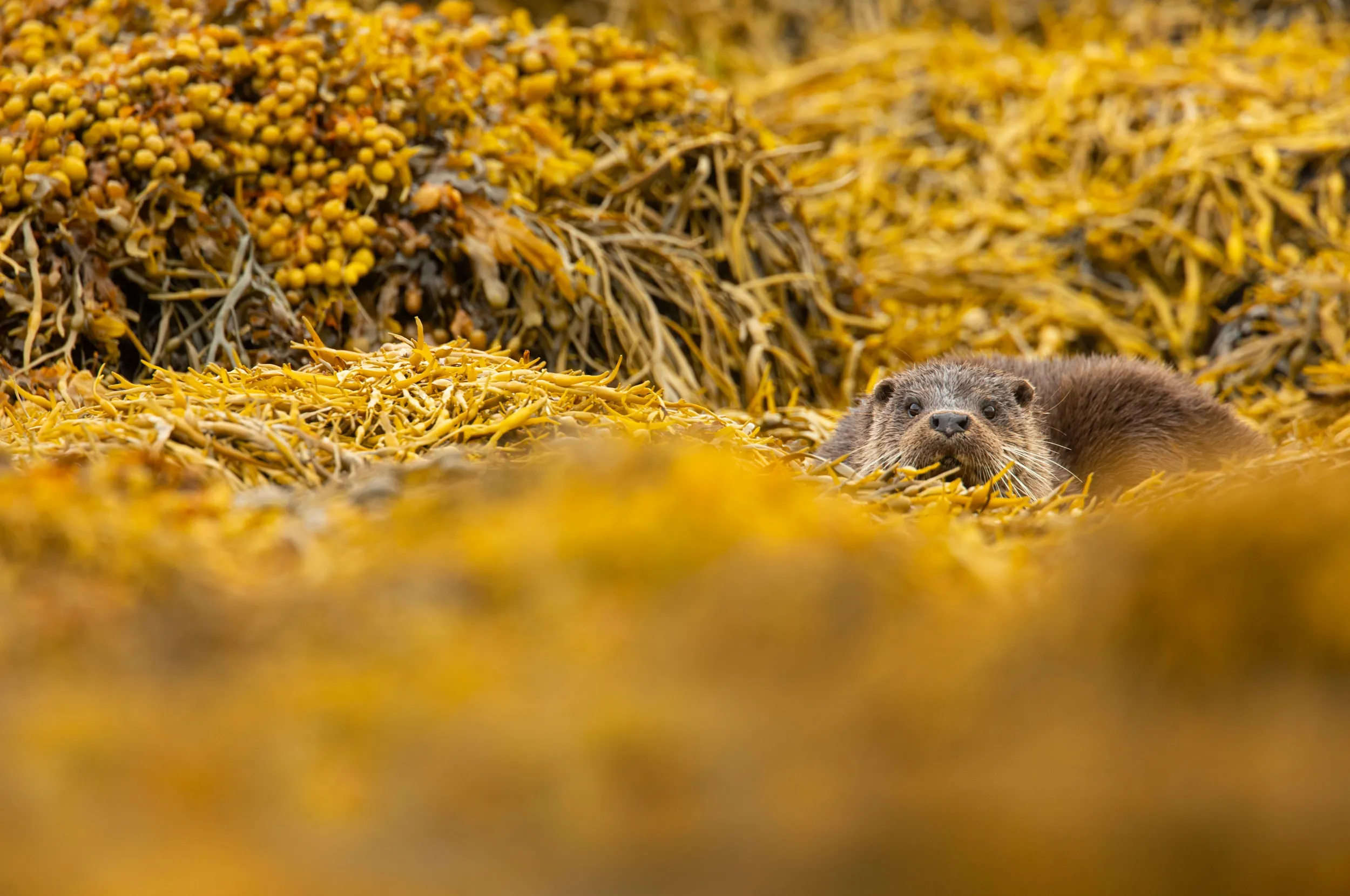Advice
Fundraise your way
If you’re inspired by nature and want to take action to save it, why not fundraise for the RSPB.
As we inch ever-closer to Christmas, it might look like nature’s put an Out Of Office on, but there’s still plenty to see.

Winter is a time for hunkering down and huddling together for warmth. Starlings gather in huge numbers, swirling together in murmurations before roosting for the night. Read on to discover what else gathers in great numbers at this time of year.
Colder weather can encourage some birds to move into urban areas, as our towns and cities are often a few degrees warmer than the surrounding countryside. Pied Wagtails take advantage of this extra warmth and roost together in trees. It pays to keep an eye out for them: fluffed up to keep cosy, a gathering of sleepy Pied Wagtails can look a little like baubles on a Christmas tree.

During winter, the UK’s Starling population is swelled by the arrival of other Starlings from colder parts of northern and eastern Europe. Murmurations take place from autumn through to early spring, with winter being the best time to see them. The birds gather together before roosting and settling down for the night, and they will also murmurate as they leave in the morning. It’s thought that the amazing aerial displays are a way of confusing predators and often as you watch you may see a Peregrine in the melee hoping for a meal.
RSPB nature reserves where you may see a murmuration include:

Marsh Harriers are large raptors found in wetlands, often seen hunting over reedbeds. Persecution and habitat loss drove them to extinction in the 19th century, but recent years have seen a change in their fortunes, with the east and southeast of England their stronghold. Over the last 50 years, Marsh Harriers have spread north and west, with a few pairs now breeding in Scotland. Until recently Marsh Harriers migrated to Africa for winter. However, more and more are now staying in the UK and spending the winter nights in communal roosts of up to 40 birds.
Good places to look for these mighty birds, include the Somerset Levels and the East Anglian Fens. Or head to RSPB Blacktoft Sands in Yorkshire or RSPB Minsmere in Suffolk, both of which enjoy winter roosting Marsh Harriers.

Yes, you read that right! Some birds can start nesting as early as December. While most birds wait until the weather warms to set about raising the next generation, for some it makes sense to get the ball (egg!) rolling a little bit earlier. One such bird is the Rook. These are members of the crow family that nest communally in rookeries, typically in a somewhat noisy and messy fashion.
Rooks can be told apart from Crows by the bare patch at the base of their beaks. It also gives a Rook’s beak an overall greyer look than a Crow’s. Rooks feed their chicks primarily on worms and grubs found in soil. By starting nesting earlier, in December and January, they avoid their chicks hatching during the hotter months when the soil is dry and worms harder to come by.

Otters are notoriously elusive and difficult to spot, but winter can be a good time to see one. There is less vegetation hiding them and you may also be able to spot their five-clawed footprints around the muddy edges of a river. Otters are found in most of the UK, in wetlands and along rivers and coastlines. Otter hotspots include Scotland, the west coast of Wales, East Anglia and south west England.

‘Tis the season! Mistletoe is a semi-parasitic plant that takes water and nutrients from other plants. It grows in round balls up to 1m wide in the tops of trees, most commonly apple, lime and poplar. It’s easier to see in the winter when the host trees have lost their leaves and you’re most likely to see it in orchards, parks and gardens. Good places to see Mistletoe include Wales, the West Midlands and the South of England. It is much rarer in eastern and northern England, and Scotland.
.jpg)
While many insects are hunkered down and hibernating, one exception is the aptly named December Moth. This small brown moth has a fluffy body – as if wearing a fur cape for a winter ball! – and wavy markings on its wings. Although common throughout the UK, they can be hard to see as they are active at night. Keep an eye out for one on a window or near an outdoor light.
.jpg)
Wrap up warm and take a winter walk on an RSPB nature reserve. Many have a café where you can enjoy a well-deserved hot drink and a slice of cake. Head to a wetland and look for wintering water birds, including ducks, geese and swans. Or plan your trip to enjoy a mesmerising Starling murmuration!